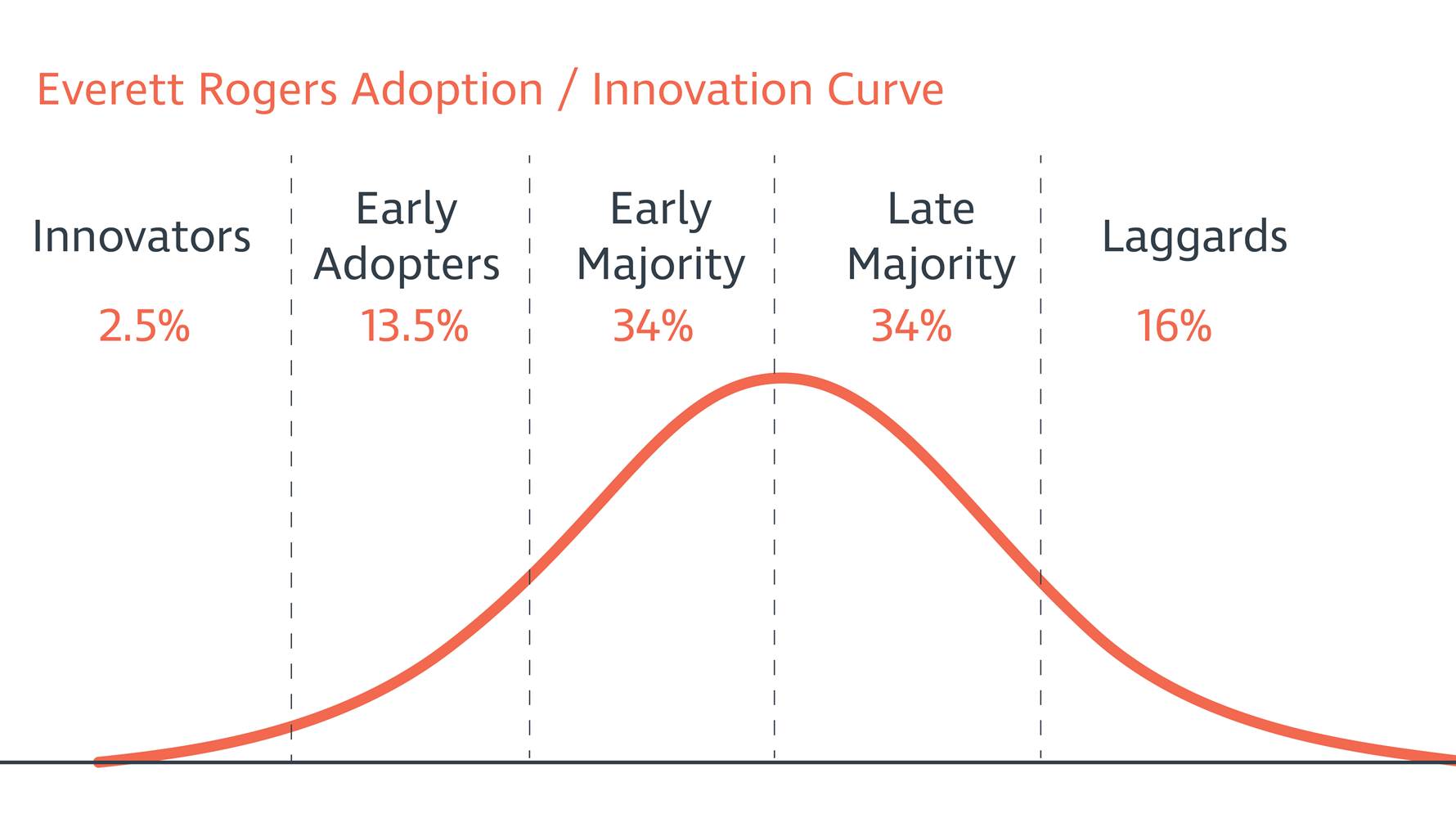I don’t know about you, but whenever I see “road to” in a title I think about those classic movies where the stars go on a journey that starts out with great promise only to be faced with a number of obstacles that need to be overcome to reach their final destination. I’m thinking more “Ferris Bueller’s Day Off” than “Thelma and Louise”.
We’ve already faced a few obstacles on our NDC journey, but I am very optimistic about the opportunities to improve traveler experience and NDC’s ability to bring richer content, improved choice and flexibility to our clients' travel programs. We clearly have momentum and the industry has made significant improvements over the last year, but we are facing a few more hurdles on our way to mass adoption.
To date I think the success of NDC in the business travel realm has been largely driven by what Everett Rogers refers to as, the innovators, a group of consumers who are eager to try new technologies, have a higher tolerance for nascent solutions and are willing to accept the occasional setback when new ideas prove unsuccessful, or need further enhancements.  When we look at what appealed to these innovators in the early days of NDC, a lot of attention was given to the NDC standard and enabling technologies. When you think about it, very few people talk about the technology behind EDIFACT, fare filing and scheduling used today but for some reason, we all know the details behind NDC schema version 17.1 and the benefits of xml. It is time to shift the focus back to the outcomes and benefits that NDC - and NDC-enabled content - offers versus the technology solution itself.
When we look at what appealed to these innovators in the early days of NDC, a lot of attention was given to the NDC standard and enabling technologies. When you think about it, very few people talk about the technology behind EDIFACT, fare filing and scheduling used today but for some reason, we all know the details behind NDC schema version 17.1 and the benefits of xml. It is time to shift the focus back to the outcomes and benefits that NDC - and NDC-enabled content - offers versus the technology solution itself.
As we look to broaden the appeal of NDC and ultimately move to mass adoption we need a collective traveler-centric approach to address the performance, scalability, and capability requirements of NDC enabled content. Because, while they are not an initial priority for innovators, these will be required for subsequent phases of adoption.
By putting the traveler and travel managers back at the center of the discussion it means we can quickly validate which content and capabilities hold the most potential. This allows us to address the cost, convenience, choice, and service objectives that are lacking in the current, but evolving, distribution model.
This traveler-influenced approach will naturally result in the kind of demand that will lead to the mass adoption necessary to make NDC succeed not only for the industry but also - and most importantly - for the benefit of business travelers.
The airlines have begun this process and over the last year they have taken a test and learn approach to define a product and set of capabilities that consumers want and can use, but there is still a lot of confusion on the benefits, and impacts, particularly in the business travel space.
The success of NDC is going to be driven by the airlines' ability to further define and release products that fit the unique needs and servicing capabilities of the business traveler and to effectively communicate the benefits of those products.
To resolve this, we require active participation by all stakeholders, and by this I mean the airlines, GDSs, travel management companies (TMCs) aggregators and business travel consumers. As key stakeholders in the ecosystem TMCs, including CWT, play a valuable role in extending, integrating and supporting this new content in a way that complements existing business travel policies and systems.
So what do I mean by active participation by all stakeholders? In my next blog, I explain the 4 key actions I believe we can take today to sustain the momentum to mass adoption and avoid falling into an NDC ‘Winter’.


